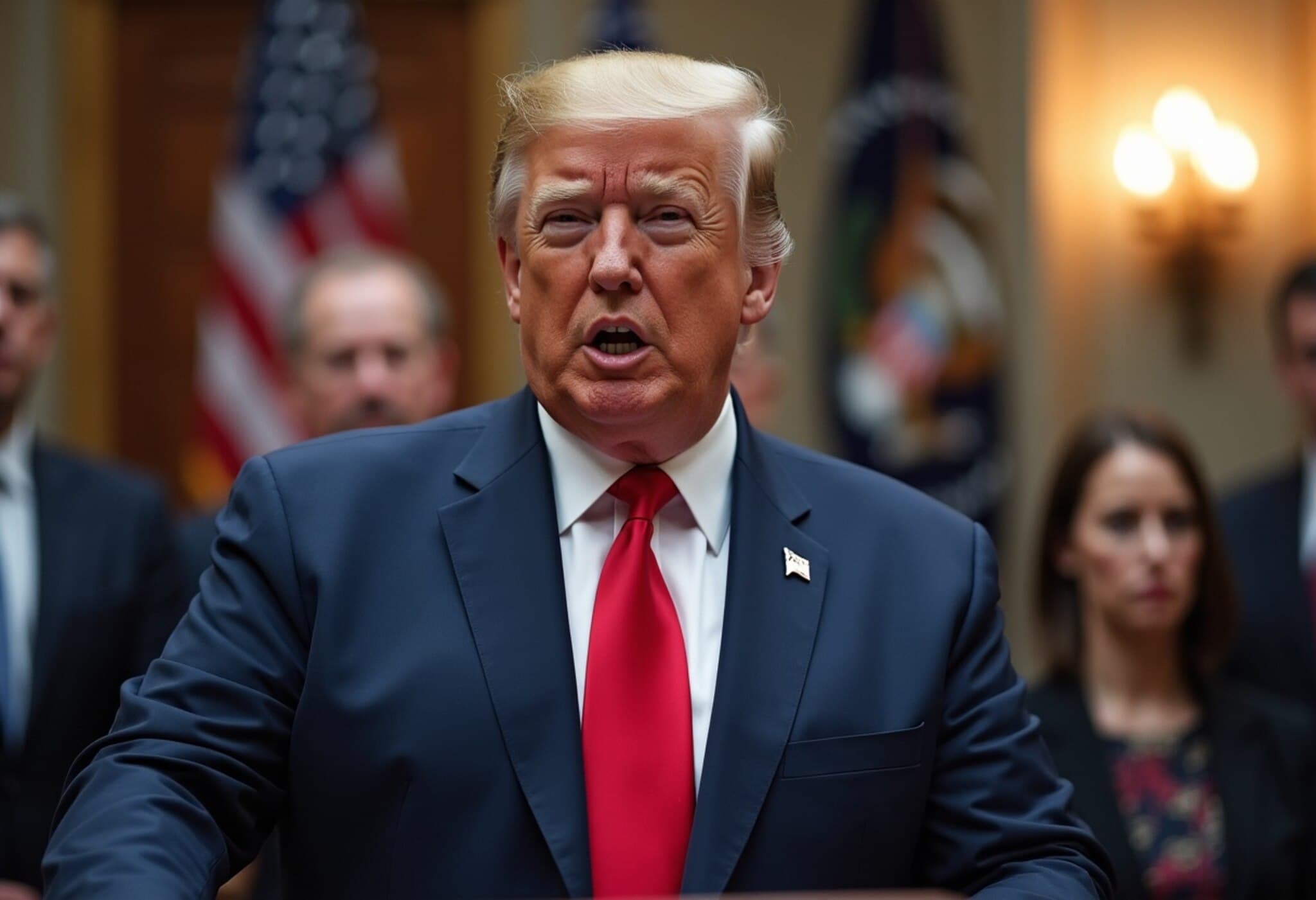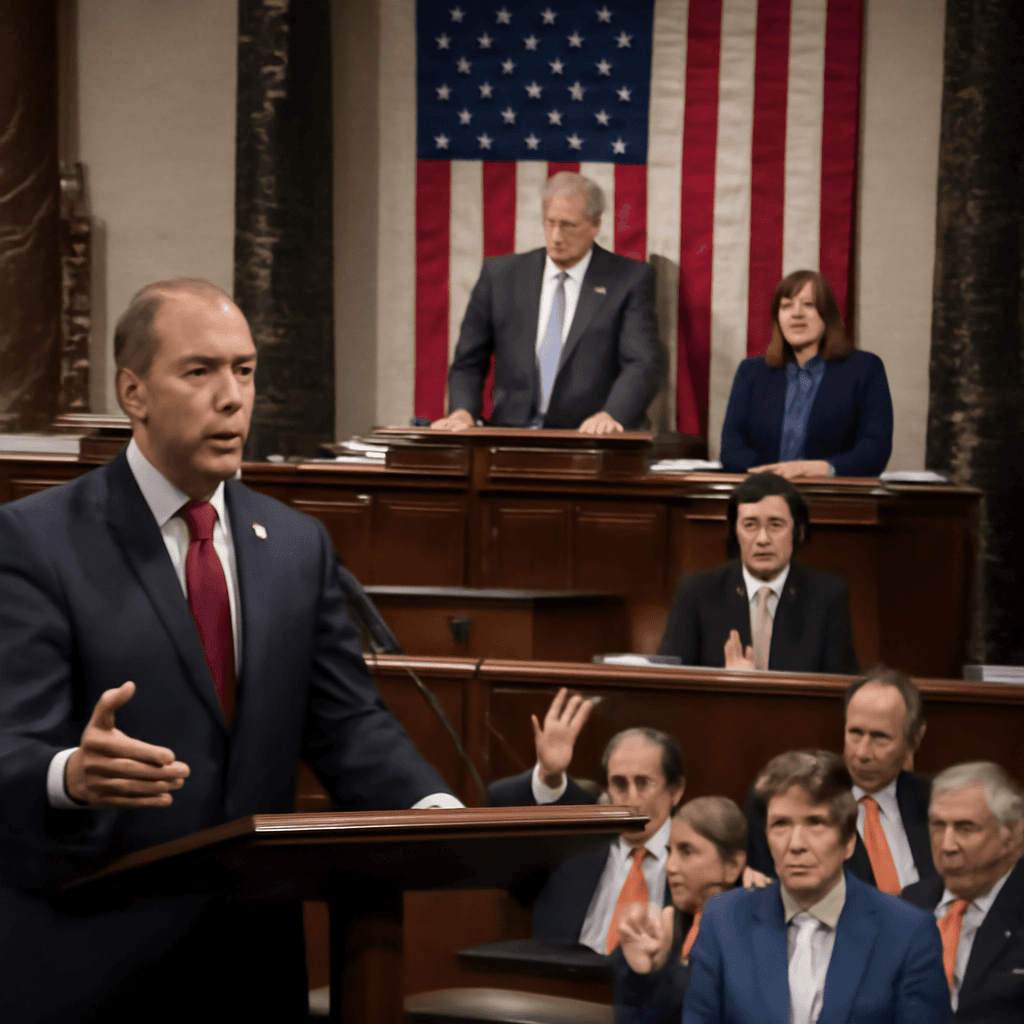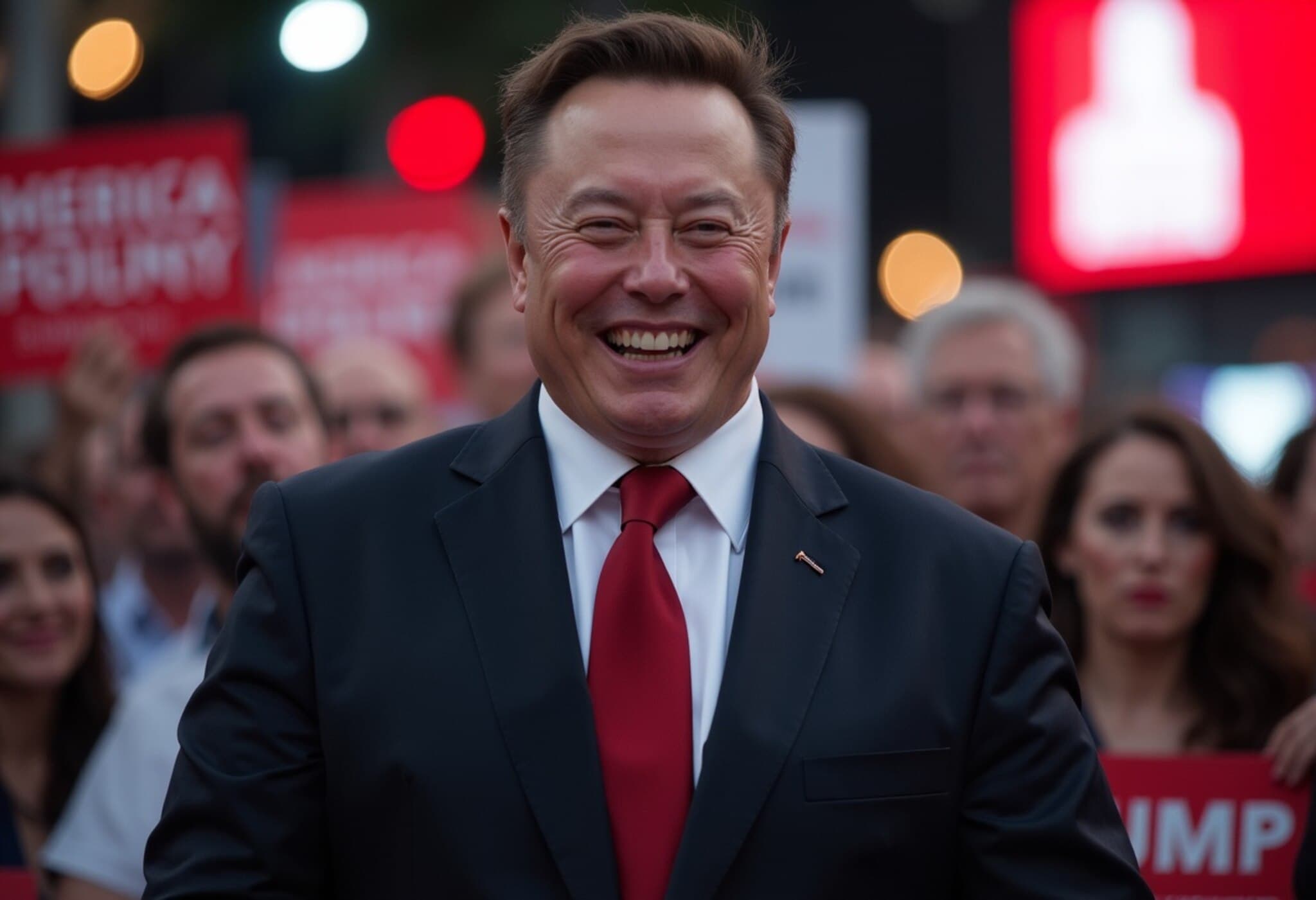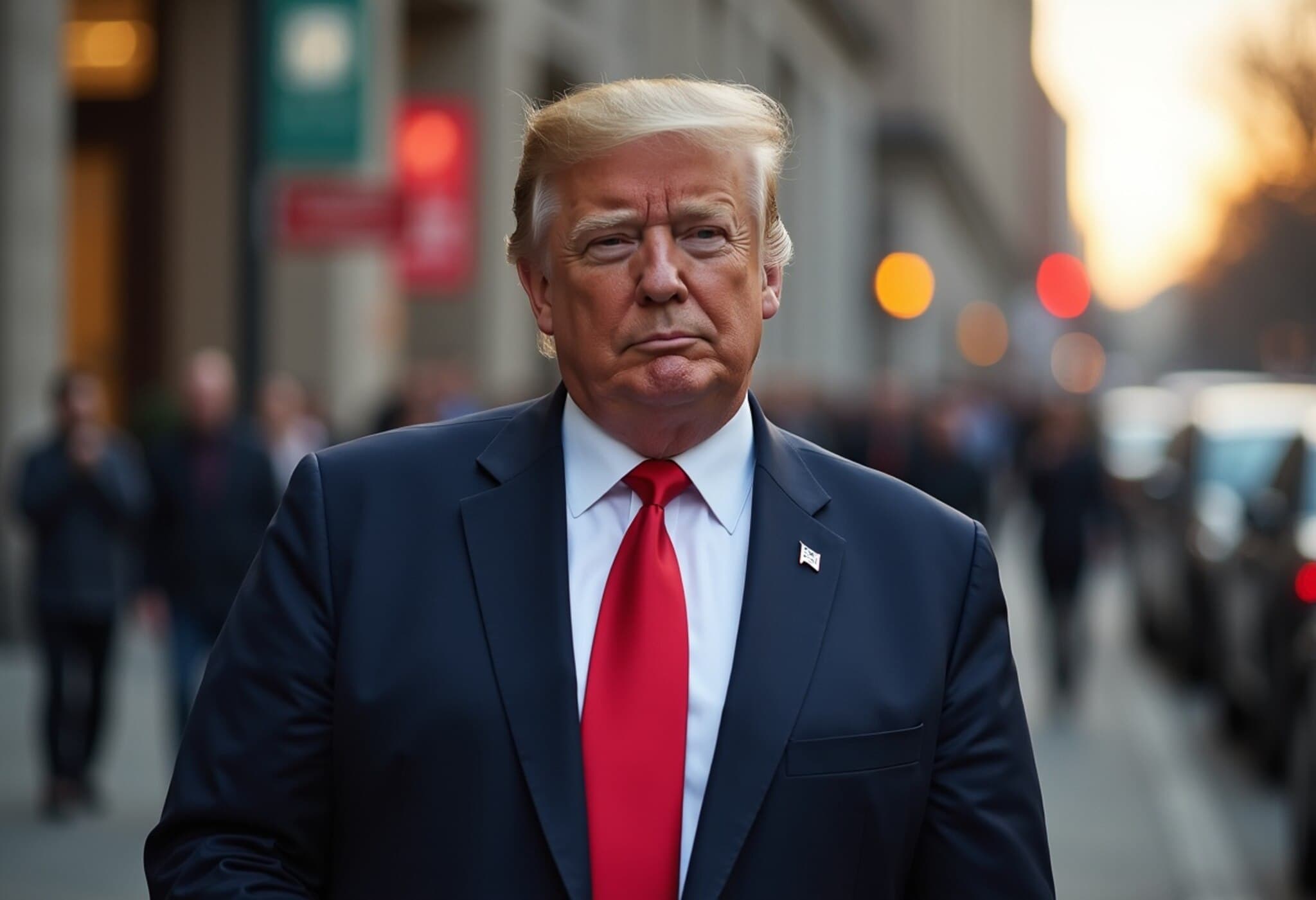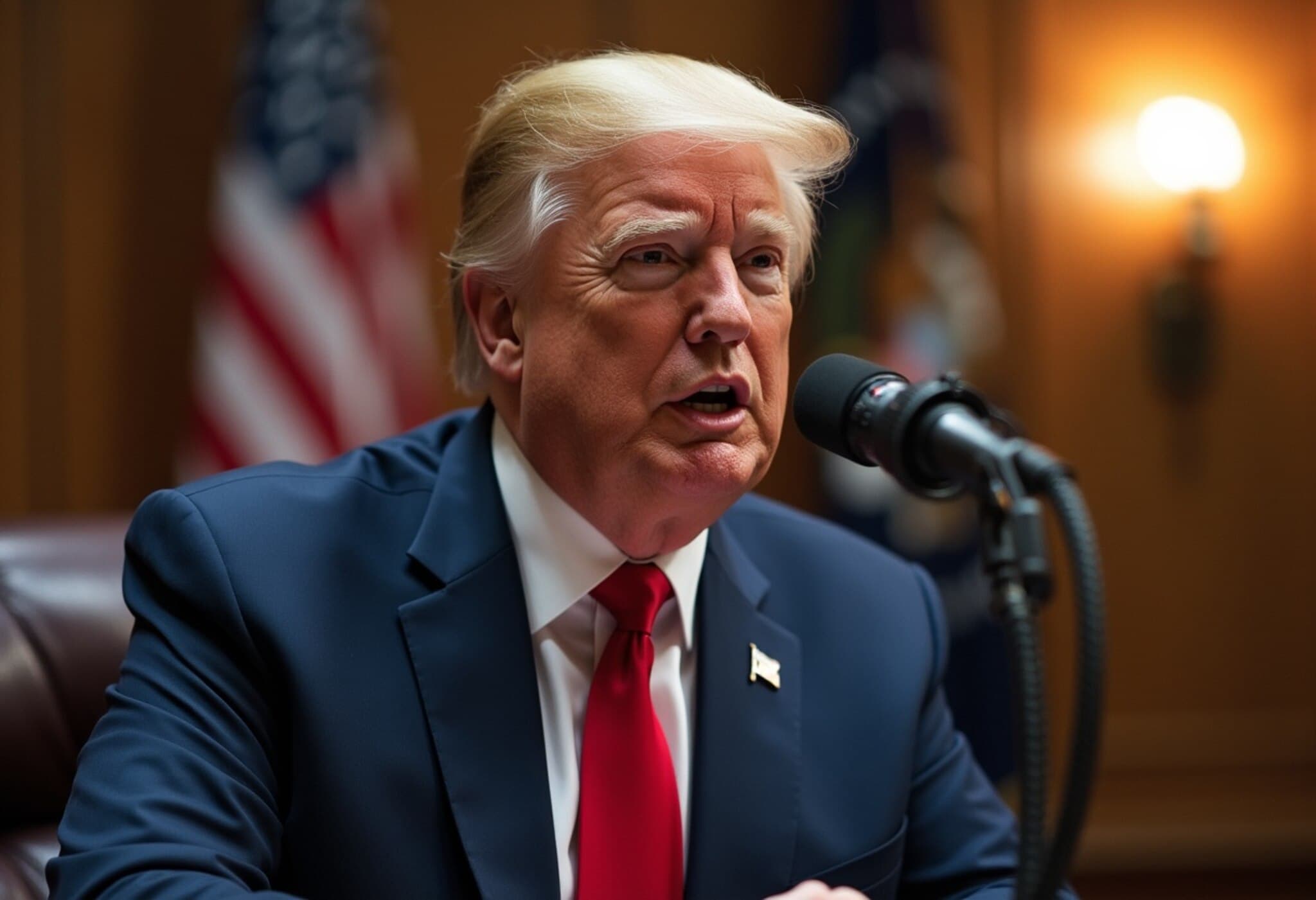Trump’s Signature ‘Big Beautiful Bill’ Faces Budget Office Scrutiny
On July 4, 2025, President Donald Trump signed into law a sweeping piece of legislation, colloquially dubbed the "big beautiful bill", aimed at extending tax cuts, increasing defense spending, and tightening immigration policies. Yet, just weeks after its enactment, the nonpartisan Congressional Budget Office (CBO) released a sobering report projecting the bill's long-term financial impact on the nation’s economy.
A $3.4 Trillion Price Tag on the National Debt
According to the CBO, this expansive legislation is expected to increase the U.S. national debt by approximately $3.4 trillion over the next decade. The report analyzes the final compromise version of the bill—a product of intense negotiation and last-minute amendments that secured a razor-thin Senate approval, passing only by a 51-50 vote, followed by a narrow House margin of 218-214.
The fiscal calculus behind this staggering debt increase is complex. While the bill includes about $1.1 trillion in net spending cuts, these savings are overshadowed by an estimated $4.5 trillion in reduced federal revenue, largely due to extended tax breaks originally introduced in Trump's 2017 tax plan.
Controversial Cuts to Social Programs and Healthcare
Among the most contentious provisions are significant trimming of social safety net programs. The law reduces funding for Medicaid and the Supplemental Nutrition Assistance Program (SNAP), which provides food assistance to low-income families, alongside scaled-back investment in clean energy initiatives.
In a concerning projection, the CBO foresees the bill will increase the number of uninsured Americans by 10 million by 2034, reversing strides made under the Affordable Care Act (ACA). However, it does predict a modest 0.6% reduction in average premiums for the benchmark ACA marketplace plan by that year, reflecting nuanced changes within healthcare policy.
Political Stakes: GOP’s Gamble Ahead of Midterms
Republican leaders have framed the bill as a necessary measure to avoid imminent tax hikes scheduled to take effect at year-end, emphasizing benefits for middle- and lower-income workers. Speaker Mike Johnson, R-La., confidently stated that the legislation would "reward" Republicans in the upcoming 2026 midterm elections, promising "higher wages," "more opportunity," border security, and a resurgence in American energy dominance.
Democrats have countered fiercely, condemning the bill as a tax cut favoring the wealthy, offset by spending reductions that disproportionately burden working-class families and vulnerable communities. The partisan divide underscores broader national conversations on fiscal responsibility, economic equity, and social welfare priorities.
Expert Insights: Balancing Growth and Deficit Concerns
From an economic policy perspective, the bill raises critical questions about sustainable growth versus expanding deficits. While proponents argue that tax relief and defense investment stimulate economic activity, experts caution about the long-term risks of ballooning national debt—risks that could translate into higher interest rates, reduced fiscal flexibility, and potential inflationary pressures down the road.
Moreover, cutting back on Medicaid and SNAP during periods of economic uncertainty may strain low-income households, heightening social disparities. The mixed impact on healthcare—improving premiums slightly while increasing uninsured populations—adds another layer of complexity that policymakers must navigate carefully.
Looking Ahead: Public Response and Policy Outlook
- Will voters in key swing districts view the bill as a boon or burden in the 2026 midterms?
- How will increased debt shape future budget negotiations, especially with entitlement programs potentially at risk?
- What role will this legislation play in the broader debate over the U.S. budget deficit and economic priorities?
In a political landscape often marked by fierce partisanship, the "big beautiful bill" crystallizes the challenges America faces in balancing economic ambition with fiscal prudence and social equity.
Editor’s Note
This landmark legislation puts into sharp relief the intricate balancing act between stimulating economic growth and managing the national debt. As the 2026 midterms approach, its real-world effects on average Americans, particularly those relying on social safety nets, will be in the spotlight. Observers and voters alike should watch carefully how these fiscal choices play out across communities and political debates.

